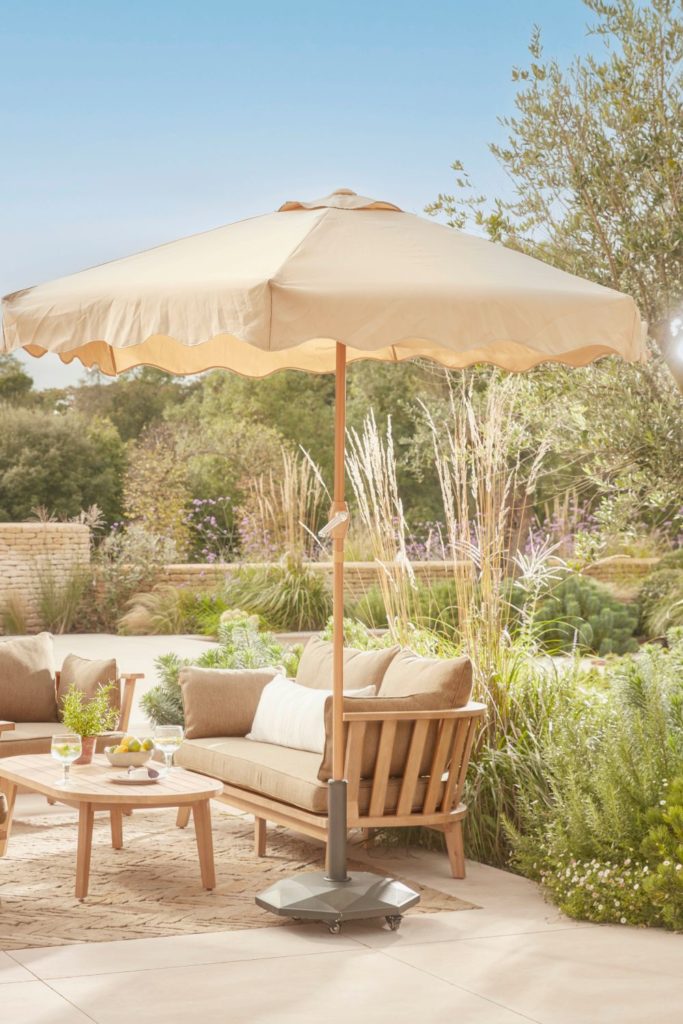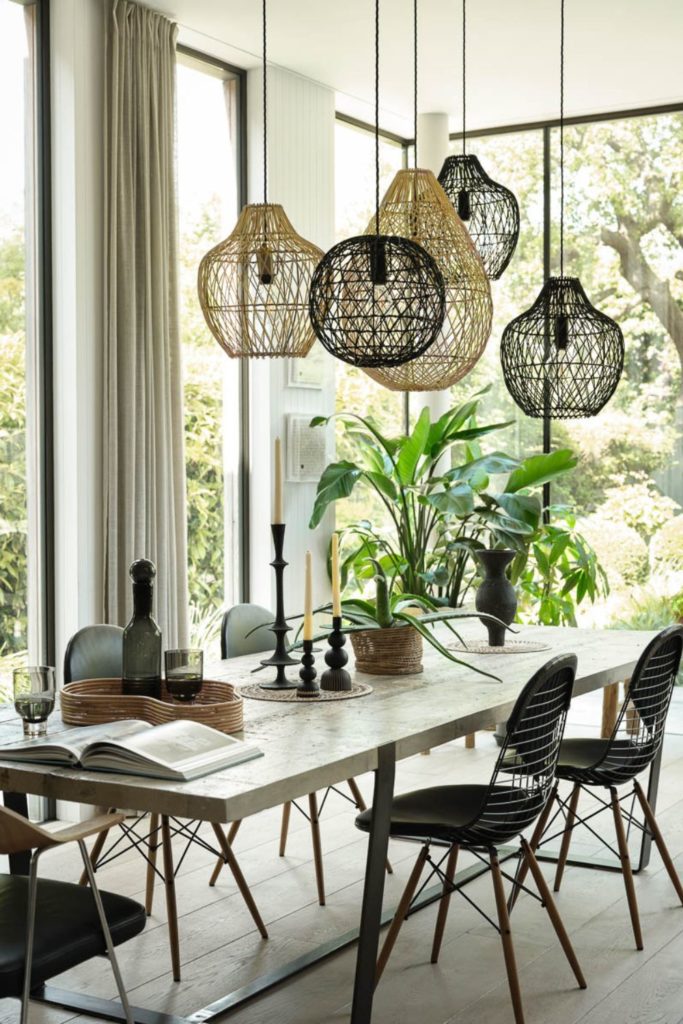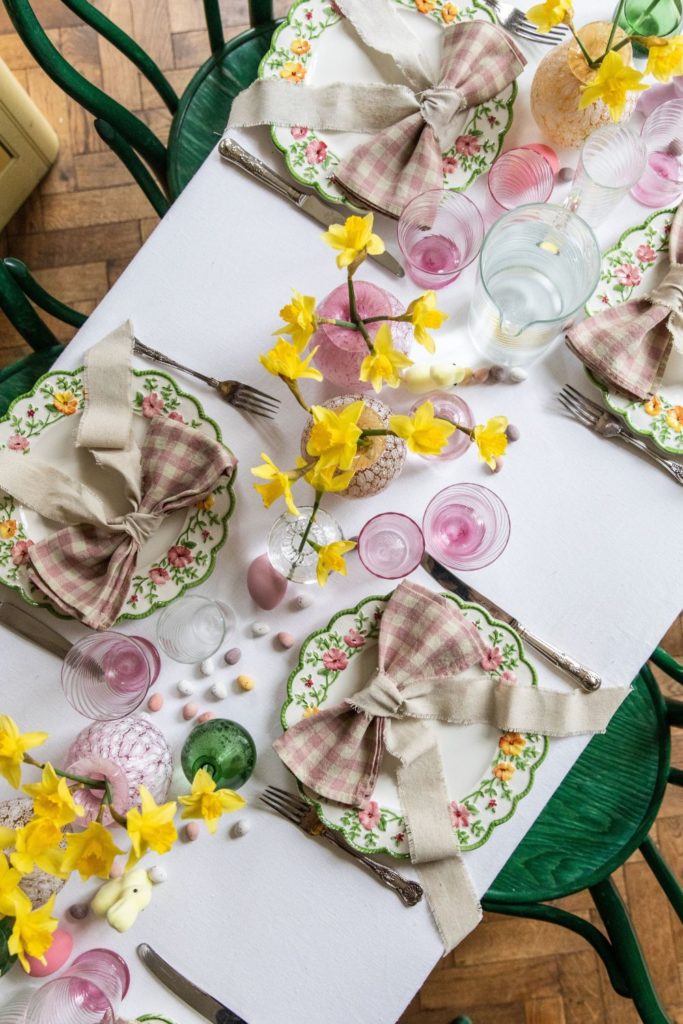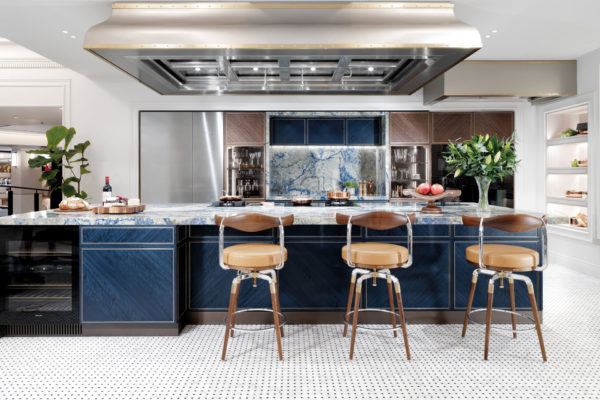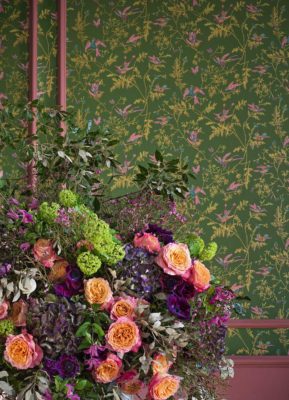Tropical Modernism: How To Incorporate This V&A Exhibition Into Your Interiors
By
1 year ago
We're hot for this interiors trend
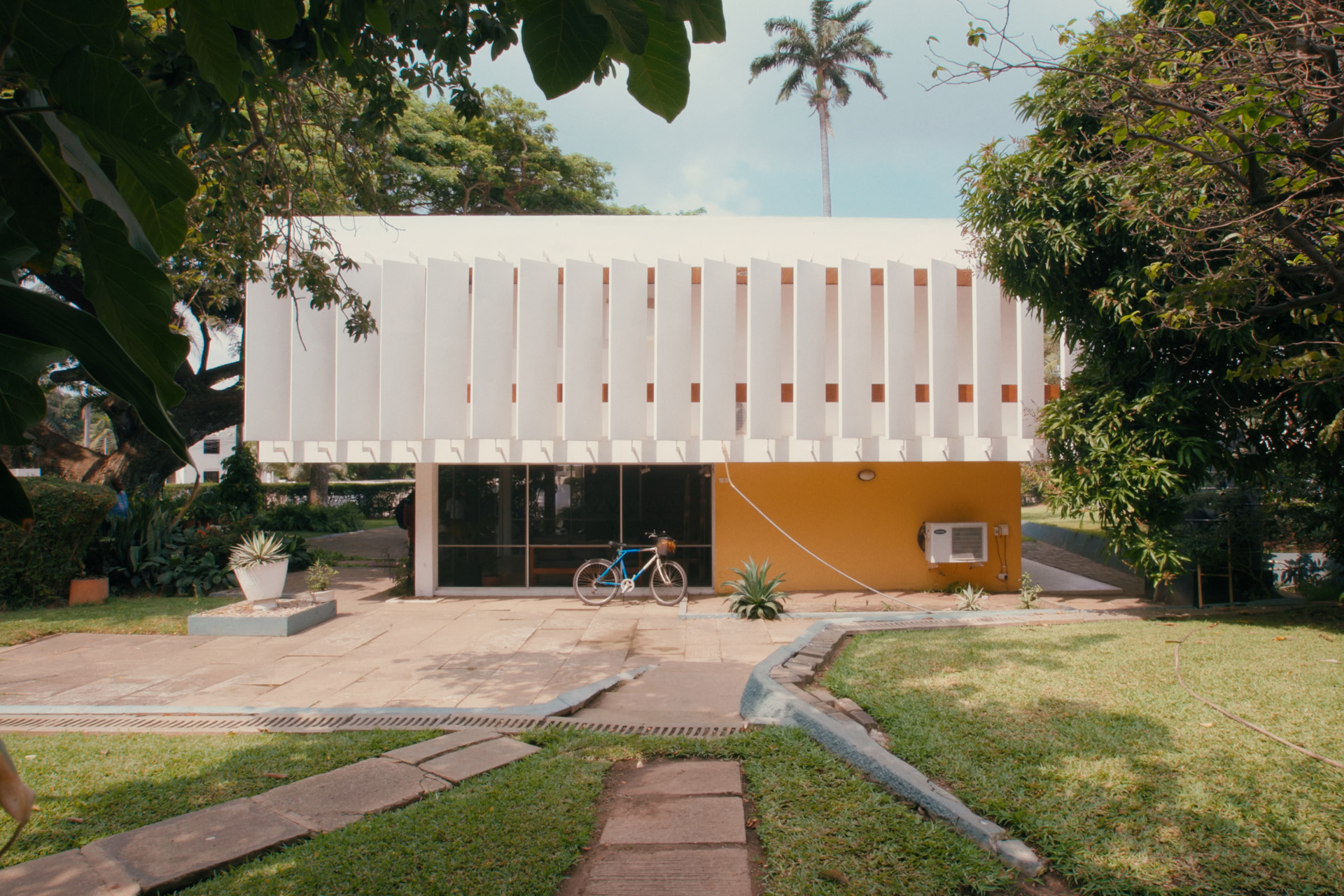
A new V&A exhibition exploring a twentieth century West African interiors and architectural style has just opened. Here’s exactly what Tropical Modernism is, plus how to incorporate it into your own home.
Trending: Tropical Modernism
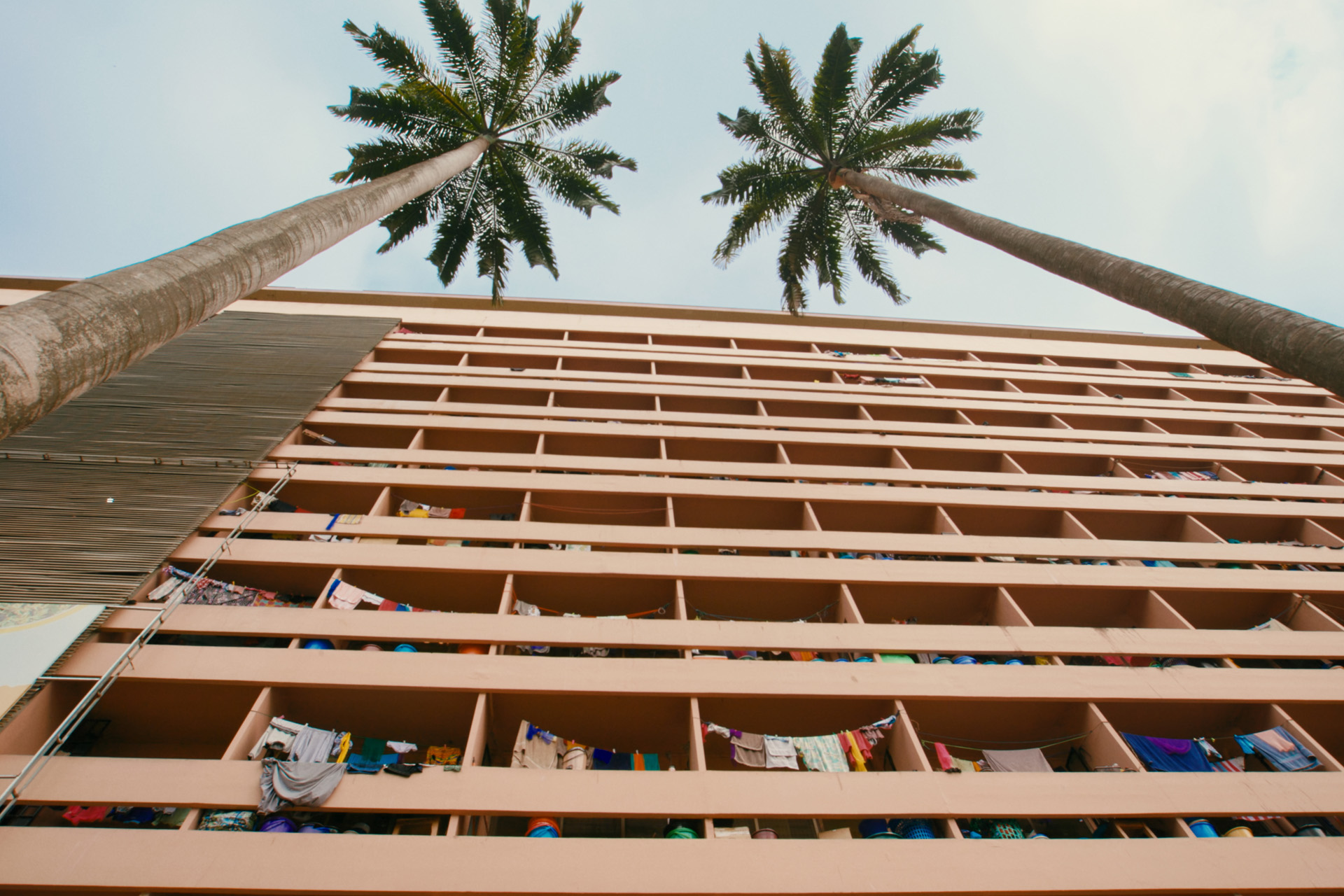
Film still of Unity Hall, KNUST, Kumasi by John Owuso Addo and Miro Marasović – for ‘Tropical Modernism – Architecture and Independence’ © Victoria and Albert Museum, London (cropped)
What Is Tropical Modernism?
‘Tropical Modernism was an architectural style developed in the hot, humid conditions of West Africa in the 1940s,’ says the Victoria & Albert Museum (V&A). ‘After independence, India and Ghana adopted the style as a symbol of modernity and progressiveness, distinct from colonial culture.’
Stemming from British architects Jane Drew and Maxwell Fry, Tropical Modernism combines a Modernist aesthetic (valuing function over ornamentation) with the further need to keep cool in West Africa’s hot and humid climate. Drew and Fry worked primarily in Ghana and India, two nations pushing back against British colonialism at the time. As the V&A explains, following independence, the Indian prime minister Jawaharlal Nehru and the Ghanaian prime minister Kwame Nkrumah both commissioned major new projects in the style Drew and Fry had been formulating, using Tropical Modernism ‘as a tool for nation-building and as a symbol of their internationalism and progressiveness’. Next came a burgeoning generation of national architects who brought a more sensitive, local context to the practice, giving birth to a distinctive, alternative ‘Modernism’ – and this is what the upcoming V&A exhibition celebrates.
Despite its colonial associations and origins, Tropical Modernism is a symbol of postcolonialism, capturing a utopian spirit and articulating it through architecture, interiors and design.
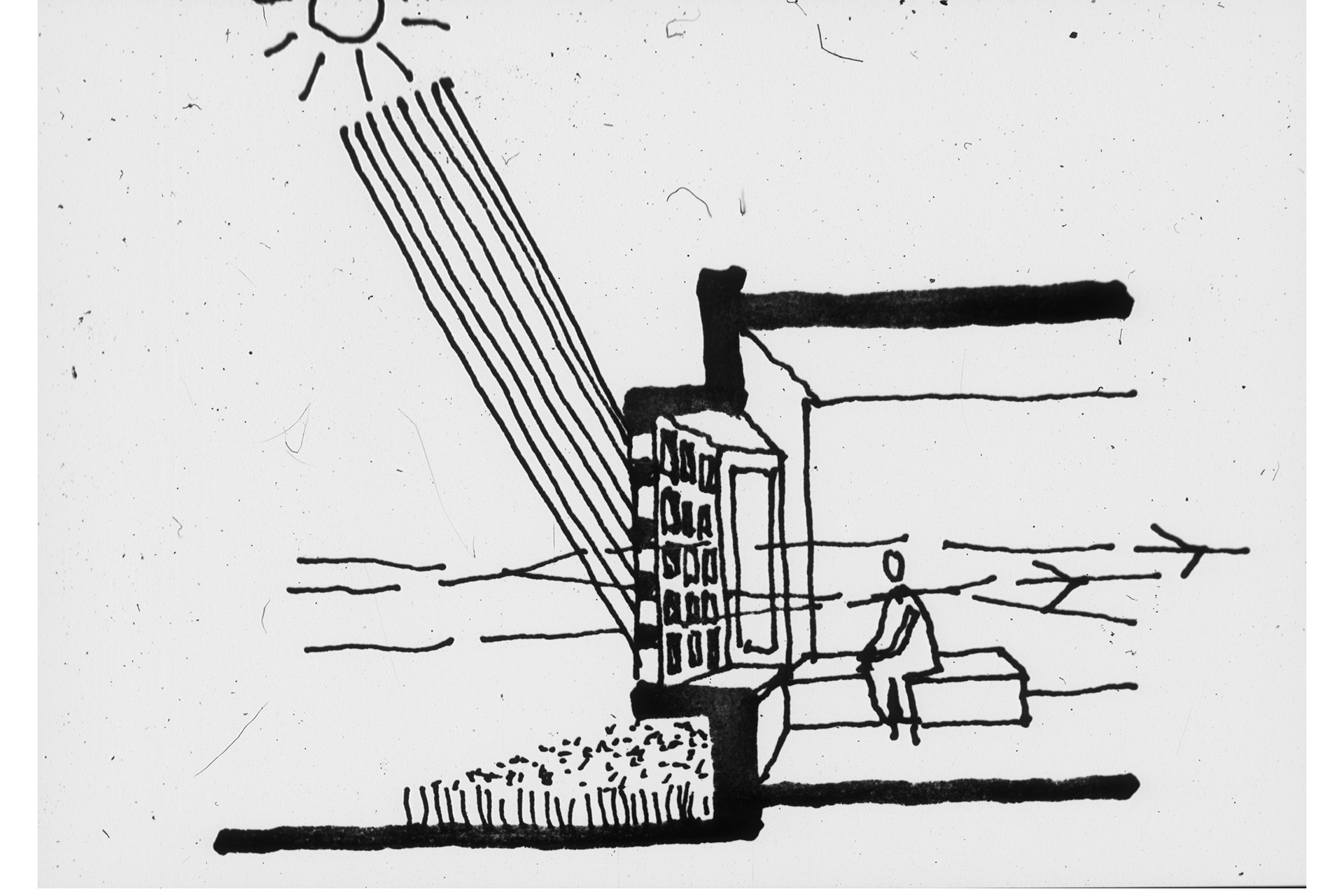
Diagram of a brise soleil at Aburi Girl’s School, Ghana, from Tropical Architecture in the Humid Zone, 1956, publisher B.T Batsford, Courtesy of RIBA.
Characteristics Of Tropical Modernism
Tropical modernism extends Modernism’s desire minimalism and functionality with the added dimension of keeping cool in hot climes. Frequent characteristics of this design trend include:
- Open floor plans plus high ceilings and large sliding doors and windows to create natural ventilation, cross-breezes and light-filled spaces
- Brise soleil and timber screens to introduce shade from all the light
- Water, especially rectangular, man-made ponds
- Courtyards to create more natural ventilation
- Pitched roofs over the flat roofs typical of modernist architecture, often with deep eaves/overhangs – but clean, straight lines otherwise
- White surfaces combined with natural materials, especially dark wood, terracotta clay and stone (in contrast to the common exposed concrete of modernism)
- Protective shade areas – think verandas, extra-deep eaves and porches, covered walkways, lanais and canopies
- Indoor-outdoor living with seamless transitions
Get The Look
The V&A Exhibition
The V&A’s upcoming exhibition, Tropical Modernism: Architecture and Independence, will explore how this design style was expressed through models, drawings, letters, photographs, a 30 minute film, and archival ephemera documenting the key figures and moments of the movement. Together, this paraphernalia will explore modernism’s role in decolonisation and the construction of a new national identity.
‘The story of Tropical Modernism is one of colonialism and decolonization, politics and power, defiance and independence; it is not just about the past, but also about the present and the future,’ says Christopher Turner, the V&A’s Keeper of Art, Architecture, Photography & Design and Curator of the exhibition. ‘The exhibition looks at the colonial origins of tropical modernism in British West Africa, and the survival of the style in the post-colonial period when it symbolised the independence and progressiveness of newly independent countries like India and Ghana.
‘We deliberately set out to complicate the history of tropical modernism by looking at the architecture against the anti-colonial struggle of the time, and by engaging with and centring South Asian and West African perspectives. As we look to a new future in an era of climate change, might Tropical Modernism, which used the latest building and environmental science then available to passively cool buildings, serve as a useful guide?’
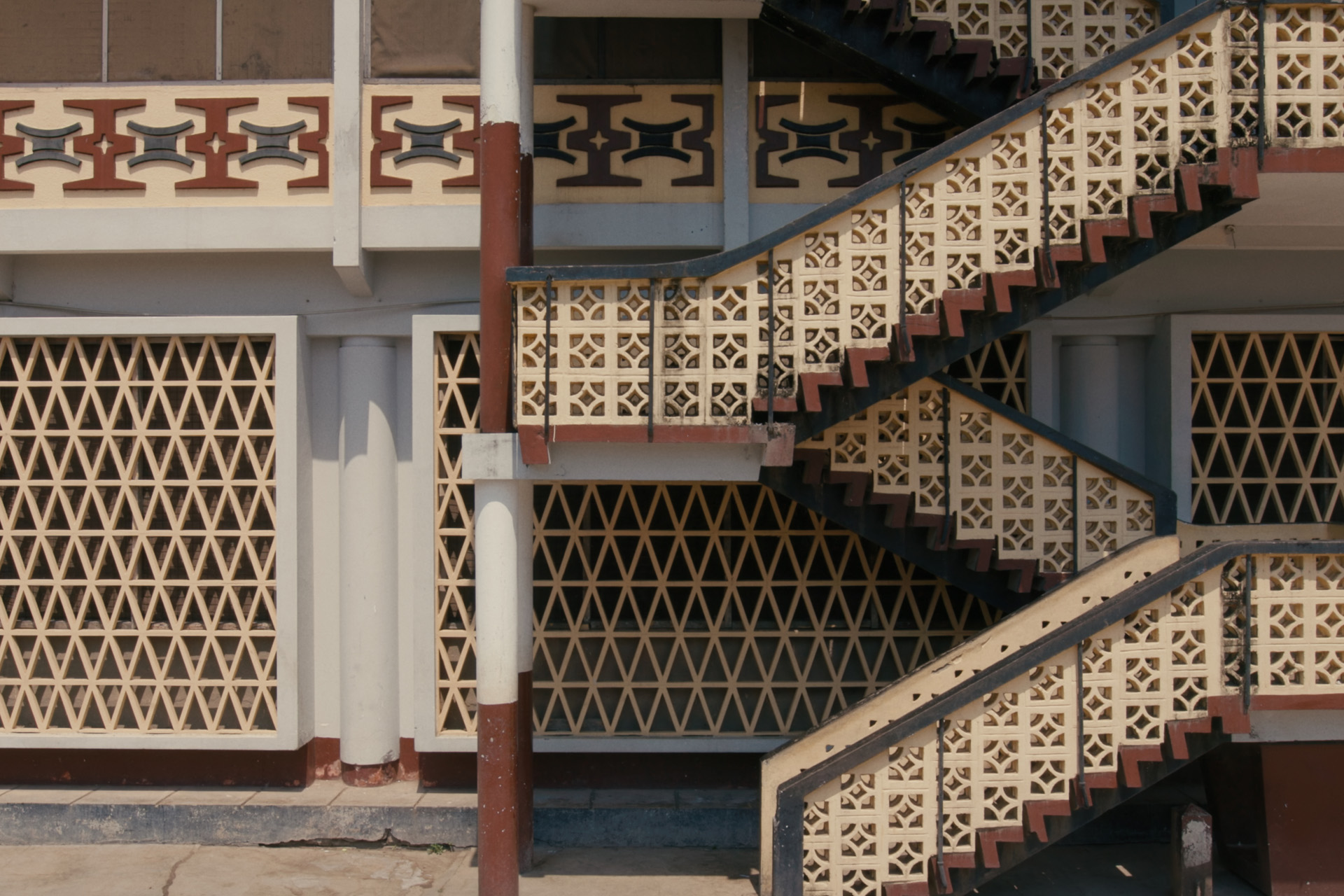
Film still of Mfantsipim School, Cape Coast by Fry, Drew _ Partners – for ‘Tropical Modernism – Architecture and Independence’, © Victoria and Albert Museum, London
Visit
Tropical Modernism: Architecture and Independence runs 2 March–22 September 2024 at The Porter Gallery, V&A South Kensington (Cromwell Rd, London SW7 2RL). Tickets are £14; members visit for free. vam.ac.uk









